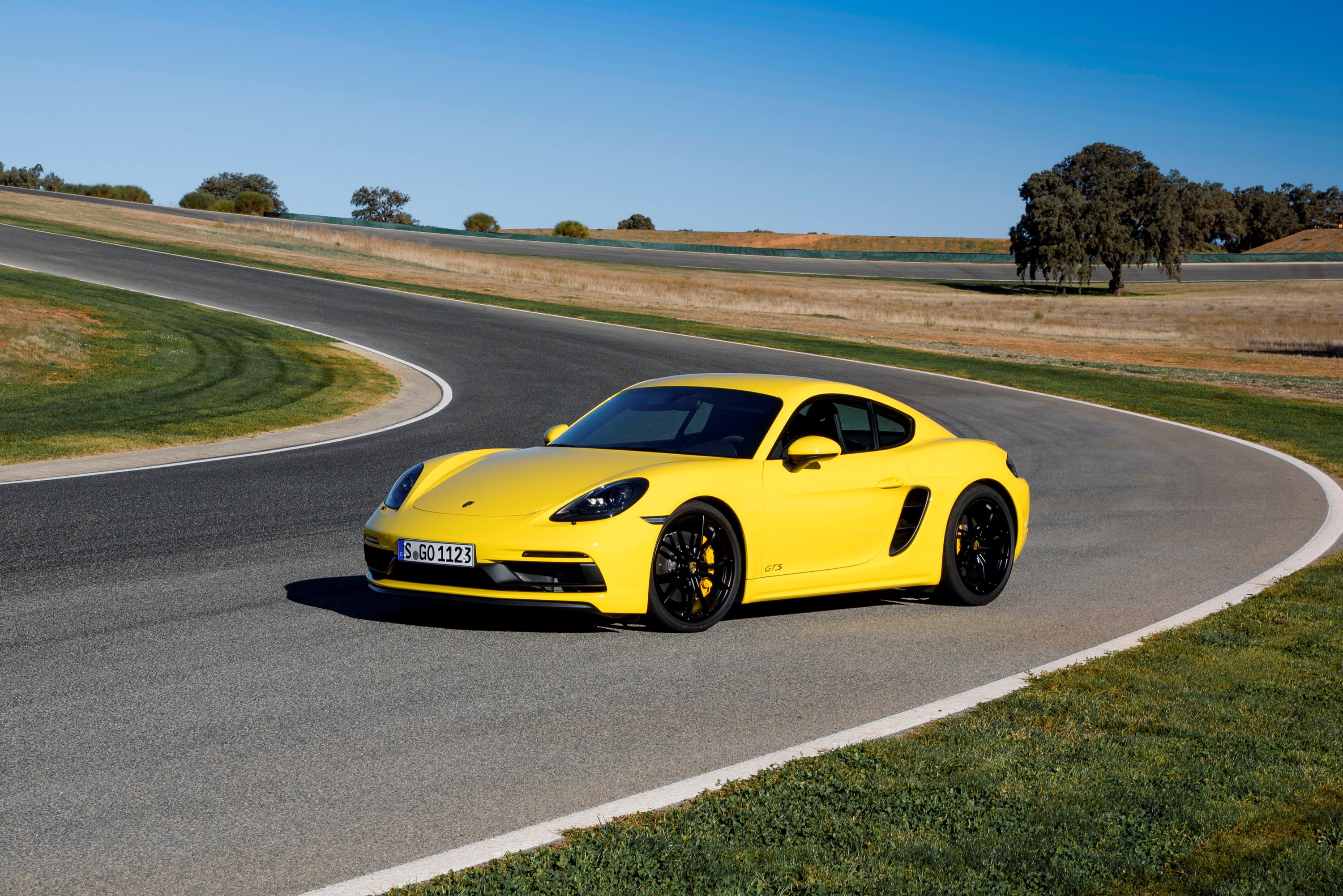
Porsche loves doing things differently. Take the 911, which has adopted a rear-engine setup since its inception. When it comes to intake manifold designs, Porsche also does things differently. Jason Fenske explored this topic in his latest episode of Engineering Explained and the benefits it brings.
In the video, Fenske examines the design of the intake manifold on the Porsche 718 Cayman and 718 Boxster, which recently ditched its naturally-aspirated flat-six in favor of turbocharged flat-four engines. These engines adopt Porsche's new intake manifold design first introduced in the 2008 911 GT2.
As Fenske explains, most modern engines are designed to generate high-pressure air in front of the engine's intake valves. When the intake valve closes, the air rushing into the engine is forced to build in pressure in the intake port. This pressure wave wants to equalize, so it bounces back and forth in the intake manifold. If the valve openings are timed correctly, that high pressure air forces its way into the engine, making more horsepower and more torque. But Porsche does something radically different.
Instead of increasing the pressure of the air going into the engine, Porsche tries to expand the air. Each intake tract has an expansion chamber where the intake pressure decreases before the intake valves open. It seems counterintuitive until you see how it works. As a result of Porsche's ingenuity, cylinder temperatures are reduced by 68 degrees F, which leads to a 12 percent reduction in fuel consumption at full load. It's remarkable what can be achieved by simply adjusting the size and shape of tubes.
